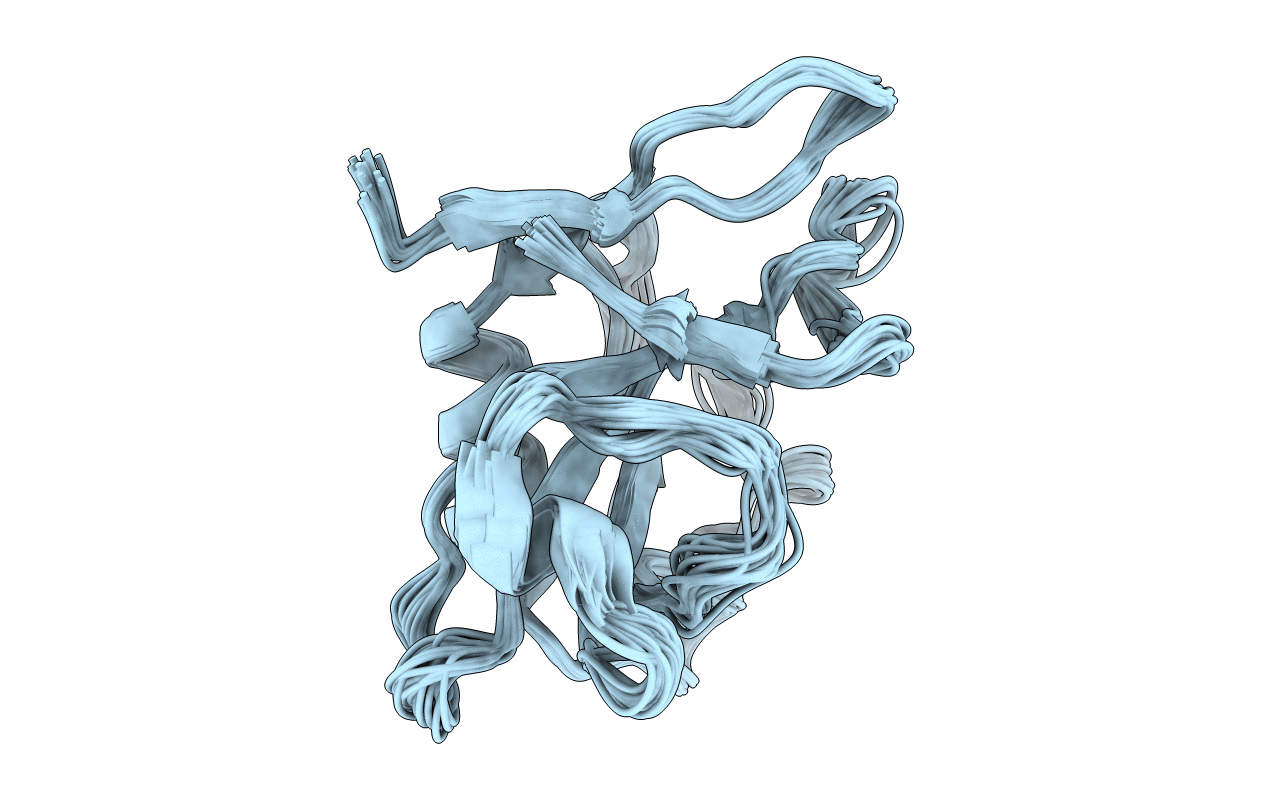
Deposition Date
2008-11-04
Release Date
2009-11-03
Last Version Date
2024-10-16
Method Details:
Experimental Method:
Conformers Calculated:
100
Conformers Submitted:
20
Selection Criteria:
structures with the least restraint violations


